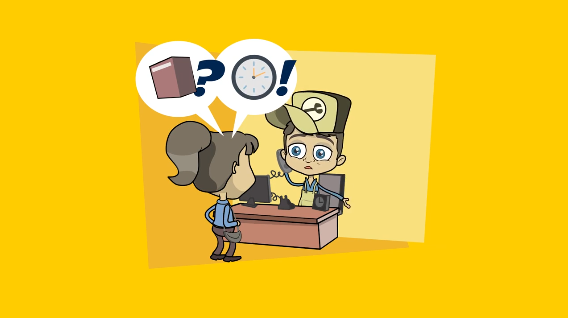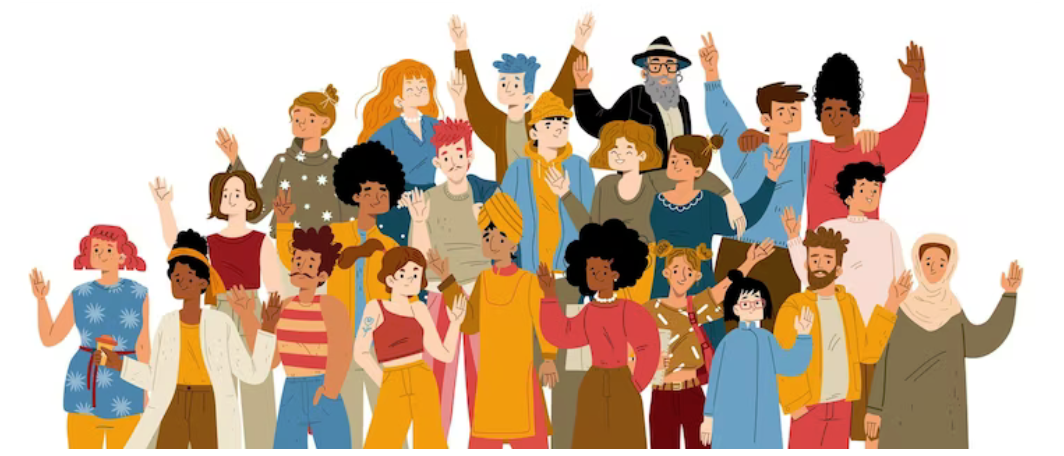10 Tips for Multi-Language Explainer Videos

Table of Contents
So why multi-language explainer videos? Explainer videos have become increasingly popular among businesses and organizations as an effective way to communicate with their audience. An explainer video is a short, engaging, and informative video that explains a product, service, or idea.
It has been proven to increase conversions, improve brand awareness, and boost customer engagement. However, creating an explainer video in one language can be challenging, let alone producing it in multiple languages.
In this article, we’ll provide ten tips for producing effective multi-language explainer videos.
Importance of Multi-Language Explainer Videos

Creating an explainer video in multiple languages is important because it helps businesses reach a broader audience.
In today’s global marketplace, businesses can’t afford to ignore the fact that customers speak different languages. By producing a video in several languages, businesses can connect with their target audience on a deeper level, increase engagement, and boost conversions.
Multi-language explainer videos also demonstrate a company’s commitment to inclusivity, which can help build brand loyalty and trust.
Selecting the Right Language

The first step in creating a multi-language explainer video is to select the right language. This may seem obvious, but it’s important to choose the language that will resonate with your target audience.
Consider where your customers are located, their native language, and their preferred language. If you’re unsure which language to choose, conduct research to determine which languages are most commonly spoken in your target market.
Hire Professionals
 When creating multi-language explainer videos, it’s essential to work with professionals who have experience in video production and translation. This includes hiring the best animated explainer video company that specializes in creating the animated videos and working with a professional translator or localization expert. Working with professionals ensures that the video is of high quality, accurate, and culturally appropriate.
When creating multi-language explainer videos, it’s essential to work with professionals who have experience in video production and translation. This includes hiring the best animated explainer video company that specializes in creating the animated videos and working with a professional translator or localization expert. Working with professionals ensures that the video is of high quality, accurate, and culturally appropriate.
Keep it Simple
When creating a multi-language explainer video, it’s important to keep it simple. Use simple language and avoid technical jargon or complex concepts that may be difficult to translate.
Keep in mind that not all languages are structured the same way, and some may require more or fewer words to convey the same message.
Simplifying the language and message can help ensure that the video is easily understood by all viewers.
Translation vs Localization

When creating a multi-language explainer video, it’s important to understand the difference between translation and localization.
Translation involves converting the text from one language to another, while localization involves adapting the video to the cultural norms and language nuances of the target audience.
Localization goes beyond translation and takes into account factors such as cultural references, humor, and even color preferences.
Localization ensures that the video is not only understood but also resonates with the target audience.
Consider Cultural Differences

Cultural differences can have a significant impact on the effectiveness of a multi-language animated explainer video.
What is considered suitable or fitting in one culture may not be considered appropriate in another. For example, certain colors, images, or gestures may have different meanings in different cultures.
It’s essential to research the cultural norms and preferences of the target audience and ensure that the video is culturally appropriate. This can help increase engagement and avoid offending viewers.
Audio Narration or Subtitles

When creating a multi-language explainer video, it’s important to decide whether to use audio narration or subtitles.
Audio narration or Voice Overs can be effective in conveying emotion and tone, but it may be challenging to produce in multiple languages. Subtitles on the other hand, are a cost-effective solution that allows viewers to read the translation while watching the video.
Subtitles are particularly useful for viewers who are deaf or hard of hearing. They also enable viewers to watch the video in a public place where audio may not be suitable.
When deciding between audio narration or subtitles, consider the preferences of the target audience and the budget for production.
Graphics and Animations

Graphics and animations play a crucial role in the effectiveness of an explainer video. They can help explain complex ideas and concepts in a visual way that is easy to understand.
When creating multi-language explainer videos, it’s important to ensure that the graphics and animations are culturally appropriate and do not offend or confuse viewers.
Graphics and animations should also be clear and simple to avoid confusion when translating into multiple languages.
Test and Refine

Once the multi-language explainer video has been produced, it’s important to test and refine it before launching it to the public.
This includes testing the video with members of the target audience to ensure that it’s culturally appropriate, easily understood, and engaging.
It’s also important to test the video with professional translators or localization experts to ensure that the translation is accurate and resonates with the target audience.
Deliver the Message

The ultimate goal of a multi-language explainer video is to deliver the message effectively to the target audience. It’s important to ensure that the message is clear, concise, and resonates with viewers.
The video should also align with the overall branding and messaging of the company.
Once the video has been launched, it’s essential to track its performance and make adjustments as necessary to ensure that it’s achieving its intended goals.
Conclusion: 10 Tips for Multi-Language Explainer Videos

Creating multi-language explainer videos can be challenging, but it’s essential for businesses that want to connect with a global audience.
By selecting the right language, hiring professionals, keeping it simple, and considering cultural differences, businesses can create effective multi-language explainer videos that resonate with their target audience.
Using appropriate audio narration or subtitles, graphics and animations, as well as testing and refining the video before launching it are also crucial steps to ensure success.
By delivering the message effectively, businesses can increase engagement, build brand loyalty, and ultimately boost conversions.
Multi-Language Explainer Videos FAQS

Q: Why are multi-language explainer videos important? A: Multi-language explainer videos are important because they allow businesses to connect with a global audience and effectively communicate their message to viewers who may speak different languages.
Q: What are some tips for creating a multi-language explainer video? A: Some tips for creating a multi-language explainer video include selecting the right language, hiring professionals, keeping it simple, considering cultural differences, using appropriate audio narration or subtitles, graphics and animations, testing and refining the video before launching it, and delivering the message effectively.
Q: How do you select the right language for a multi-language explainer video? A: To select the right language for multi-language explainer videos, businesses should research the target audience and their preferred languages. They should also consider the countries where the product or service is being marketed, as well as the potential return on investment for creating a video in a particular language.
Q: Should I use audio narration or subtitles for my multi-language explainer video? A: The choice between audio narration or subtitles for multi-language explainer videos depends on the preferences of the target audience and the budget for production. Audio narration can be more engaging and effective, but subtitles are a cost-effective solution that allows viewers to read the translation while watching the video.
Q: How can I ensure that the graphics and animations in my multi-language explainer video are culturally appropriate? A: To ensure that the graphics and animations in a multi-language explainer video are culturally appropriate, businesses should research the target audience and their cultural norms and preferences.
They should also consult with professionals who are familiar with the target culture and can provide guidance on design and messaging.
Q: How can I test and refine my multi-language explainer video before launching it? A: To test and refine multi-language explainer videos before launching them, businesses should test the video with members of the target audience to ensure that it’s culturally appropriate, easily understood, and engaging.
You should also test the video with professional translators or localization experts to ensure that the translation is accurate and resonates with the target audience.
If you need help getting started or would like us to produce a multi language versions of your explainer video, contact us today.
We’d be happy to share our expertise and help you create a video that engages your customers worldwide in any language that drives results.
Article by Nicole Delgado 2023 | CMO | The Explainer Video Company – Animated Marketing Videos
Related Articles:


